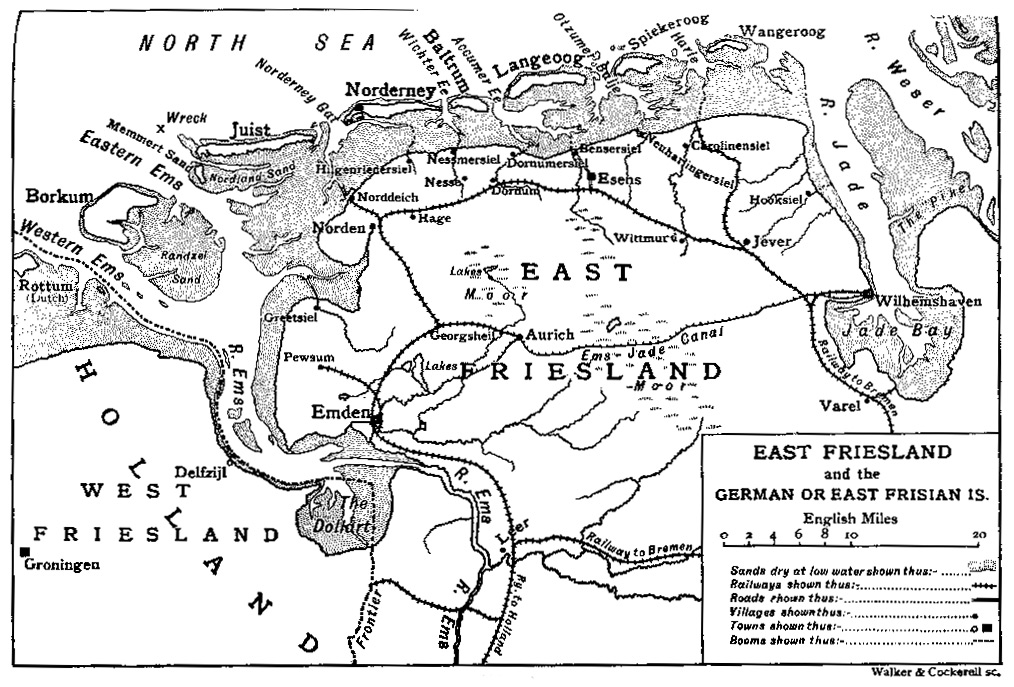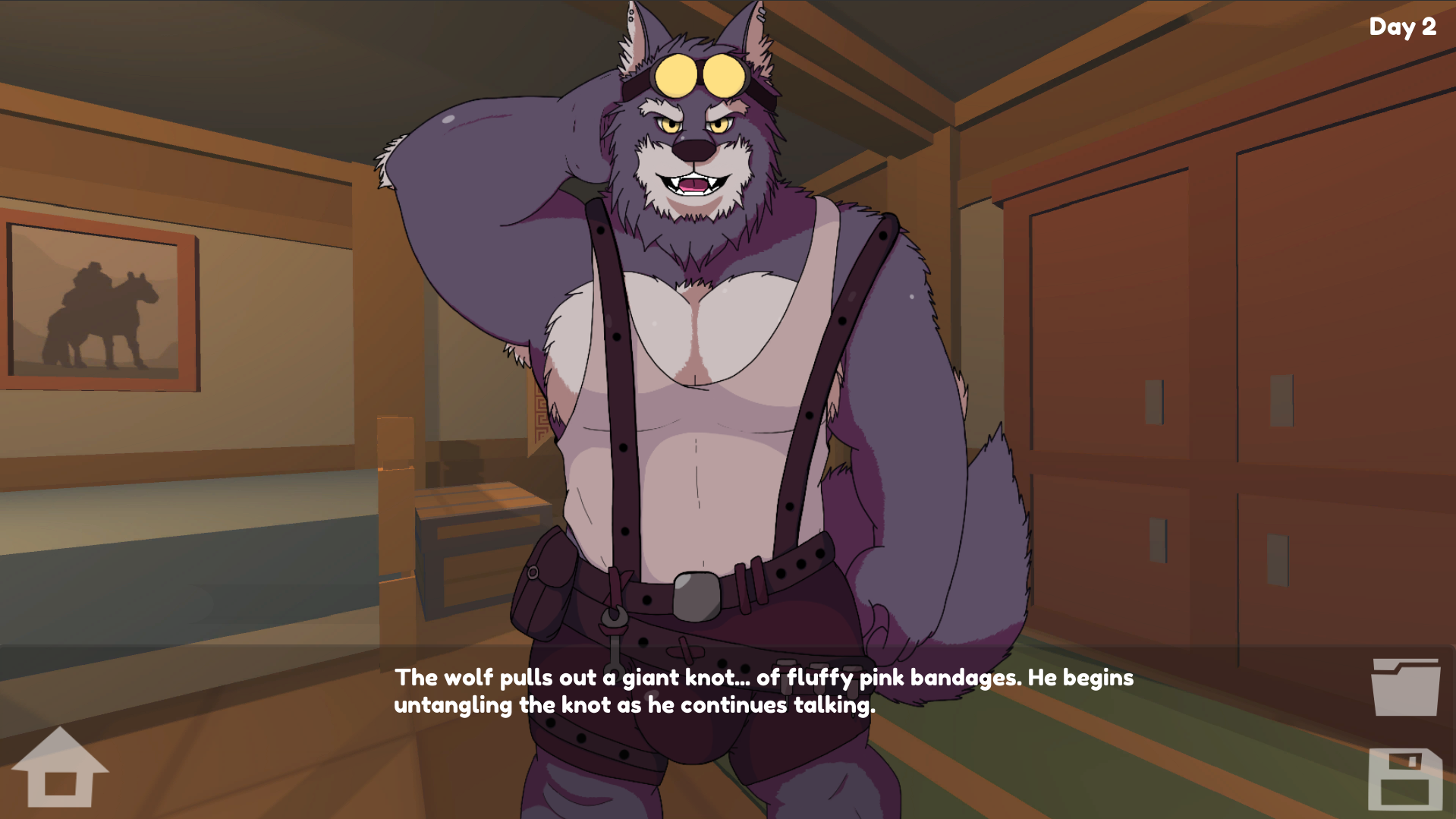HistoryButtercups originated on the Island of Sicily, near Italy in the Mediterranean Sea. The island is home to many chickens with the unique Buttercup comb type, and it is thought that they originated from a cross between several different breeds of chickens from the region. Apparently they had been kept for ages by the farmers of the island, with no attempt to breed them to any specific color pattern, but all the birds displayed the unique Buttercup comb and the green legs of the modern Buttercup.
According to an article written for the Poultry Fancier in 1913, the first introduction of Buttercups to the New World was during the mid 1800's by a sea captain who added them to his cargo to provide his men with fresh meat during the voyage. However, the crew was pleasantly surprised to find that the hens laid large, white eggs consistently throughout the journey, and they soon became the pets of the whole crew.
More Buttercups were imported to the United States in 1860, and again in 1894. By 1912, the breed had reached such high popularity that the American Buttercup Club was first formed, and gained over 200 members within its first year. By 1918, the Sicilian Buttercup was finally admitted the American Poultry Association's Standard of Perfection.
Later, during the mid 1900's, the bantam Sicilian Buttercup was developed by breeders who were looking for a miniaturized version of this beautiful breed. The bantam version was admitted to the APA Standard in 1960, and ideally should be one quarter the size of the large fowl Buttercups.
A trio of Sicilian Buttercups. Photo courtesy of Natascha Wille of Three Gables Farm. The Buttercup CombThe Sicilian Buttercup is the only breed of chicken with the Buttercup comb type. There are many different comb shapes, the most common being the original single comb, as well as the rose comb and the pea comb. Each of those combs has several breeds that possess it. However, the Buttercup is unique in its possession of this incredibly rare and unusual comb type. The large comb of the male Sicilian Buttercup. Photo courtesy of Bridget Riddle. The APA Standard of Perfection calls for the Buttercup comb to be 'a cup-shaped crown well set on the center of the skull and surrounded by a complete circle of medium-size regular points'.
This crown shaped comb gives these birds the interesting look of royalty, which makes the Sicilian Buttercup the 'Crown of the Fancy' as we like to say in the American Buttercup Club.
The comb of the male is large, and quite an impressive and obvious characteristic. While the comb of the female is much smaller, it is practically identical, and when viewed closely captures that same unique look.
The smaller, but otherwise similar comb of the Buttercup female. Photo courtesy of Bridget Riddle. Body TypeAs a Mediterranean chicken breed, Buttercups have always been bred primarily for egg production. For this reason, they are a medium-sized chicken breed.
Egg production chickens need to convert as much of their feed as possible into producing eggs, so having an overly large body would be inefficient. This is why the Buttercup has a long, smooth body, with a deep abdomen for high egg production.
Buttercups have a smooth back line, from their neck to their tail. A gentle, smooth transition from the back to the tail is considered most attractive, while a sharp angle from back to tail is less preferred.
The tail of a Buttercup should be widely fanned and well spread at the base. This is for production reasons as well as for appearance. A tail that is well spread at the base signals that the bird has a deep abdomen, and lots of room for high egg production. If a bird were to have a 'pinched' tail, that was scrunched up and less spread, that would signal that the bird has less room in the rear of its body for egg production. Additionally, a widely fanned tail is considered more attractive for the breed.
In the American Poultry Association's Standard of Perfection, body type is considered more important than color. This is because while color helps to make a bird more beautiful, body type is what determines how useful a bird is from a production point of view. While many presume that the APA Standard is only concerned with birds intended for poultry shows, it turns out that the Standard was originally written with production in mind just as much as appearance. Judges today take these features into account when judging at poultry shows. Buttercup hens. Note the smooth curves of the back line, the well spread tail, and the unique color pattern. Photo courtesy of Natascha Wille of Three Gables Farm. | Color PatternThe Sicilian Buttercup is famous not only for its unique comb type, but also for its incredibly beautiful color pattern, which is not found anywhere else in the chicken world.
Interestingly, it is the female Buttercup that most breeders consider to be the most beautiful, which makes it a convenient addition to your egg production flock.
A female Buttercup has an overall golden-buff color, with pure golden hackle feathers on the neck. Throughout the rest of the body, these golden feathers are marked with small, black, diagonal spangles, creating a beautiful and unique color pattern.
Black markings in the neck are common, but less desirable than pure golden neck feathers, which contrast nicely with the dark markings of the rest of the body.
The unique color pattern of the female Sicilian Buttercup can be observed here on these bantam hens. Photo courtesy of Benjamin Janicki. The male Buttercup may look more like your typical red rooster, but at a closer glance you will notice that it still has unique characteristics. Ideally, the hackle and saddle feathers on the male will be of a bright orange-red, lighter and brighter than the red on the body and breast, creating contrast. Meanwhile, the tail is an iridescent greenish black.
With many chicken breeds and varieties, the male and female share the same color. As you can see however, that is not the case with Buttercups. Here, the male and female are strikingly different. This is what is referred to as 'sexual dimorphism', where the two sexes of a species are very different in appearance. This is another feature that makes the buttercup a fun and unique breed to raise.
The plumage color of the male Buttercup can be observed here. Photo courtesy of Bridget Riddle. Buttercups are also one of the only breeds of chickens with green legs. This is an interesting feature that has its roots in the egg production qualities of the breed.
One of the important characteristics of any egg production chicken breed is that they have yellow skin. There are two colors of skin for a chicken; white and yellow. White skin is preferred for meat birds, because it results in a cleaner looking carcass. Yellow skin is preferred for egg production birds because it allows the hen to have a reservoir of yellow pigment to draw from and add to the color of her egg yolks.
There are two layers to leg color. One is the under-layer. For Buttercups, this under-layer is a dark blue color. If Buttercups had white skin like a meat production chicken, they would display blue legs like many Continental European breeds do. However, the unique combination of yellow skin overlaying the blue under-color creates the willow-green color of the buttercup legs. A pair of Sicilian Buttercup Bantams.Photo courtesy of Earl Tappenden. Production CharacteristicsTraditionally, Sicilian Buttercups have always been bred for egg production. Like most Mediterranean breeds of chicken, they are reliable layers of white eggs. While not heavily muscled, extra roosters can still be put to good use as medium sized meat birds.
Bantam Buttercups lay considerably smaller eggs, but they are excellent layers, just like their large fowl counterpart. If you have less space or want to save money on feed, and don't care about egg size, then bantam Buttercups might be right for you.
Buttercup eggs. Photo courtesy of Natascha Wille of Three Gables Farm. Rare Status TodaySince the mid 1900's, many old style heritage breeds of poultry and other farm animals have seen great declines in their numbers as large scale commercial farming became the norm. The Buttercup fell into near obscurity, and was saved by a handful of committed breeders.
Today, Buttercups remain rare in both large fowl and bantam forms. More breeders are needed to ensure the survival and continued improvement of this incredible breed of poultry. Buttercup pullets. Note the unique color pattern. Photo courtesy of Jana Wilson. |




